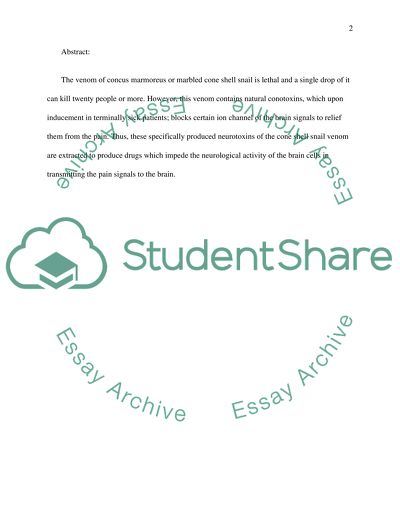Cite this document
(“Animals and Myriad Ways they can Kill or Heal Us Essay - 2”, n.d.)
Retrieved from https://studentshare.org/english/1621502-animals-and-myriad-ways-they-can-kill-or-heal-us
Retrieved from https://studentshare.org/english/1621502-animals-and-myriad-ways-they-can-kill-or-heal-us
(Animals and Myriad Ways They Can Kill or Heal Us Essay - 2)
https://studentshare.org/english/1621502-animals-and-myriad-ways-they-can-kill-or-heal-us.
https://studentshare.org/english/1621502-animals-and-myriad-ways-they-can-kill-or-heal-us.
“Animals and Myriad Ways They Can Kill or Heal Us Essay - 2”, n.d. https://studentshare.org/english/1621502-animals-and-myriad-ways-they-can-kill-or-heal-us.


